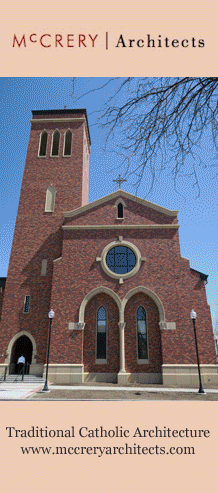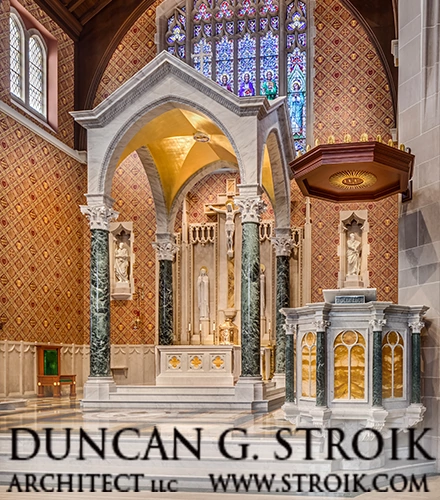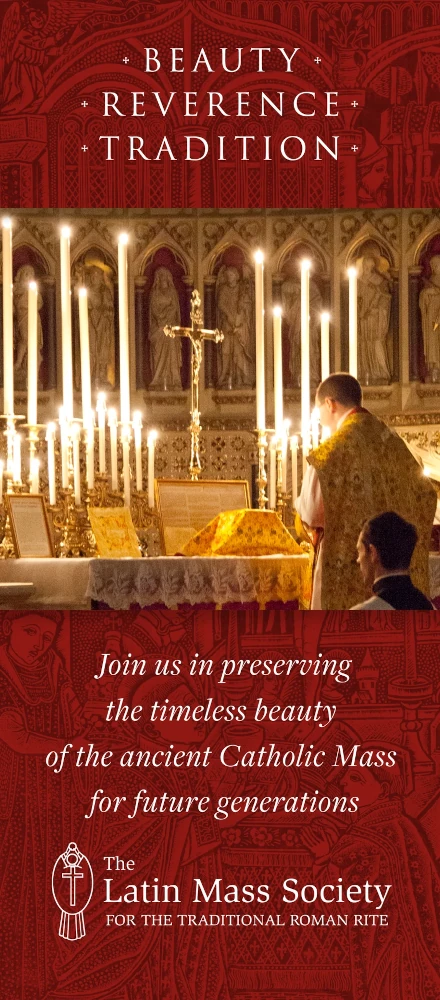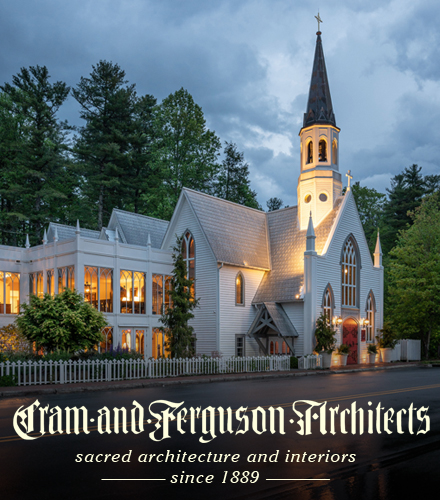One year ago I gave this reflection on the usage and revival of black vesture. On this day, it seems only appropriate to resurrect it for continued consideration:
On the Use of Black Vestments
Many are likely aware that there has been these past 40 years an aversion to black vestments for times such as funerals, or for the Feast of All Souls and so on. Thankfully this is decreasing with the newer generations of clergy.
Often black vestments have been excluded in liturgical practice (though not in liturgical law) -- enough so that there are entire generations who will have never seen a black vestment worn, let alone know of its existence as a liturgical colour. Some may even believe that black vestments are no longer permitted.
Now let us get it straight: the use of other colours is not a liturgical abuse as these are options which the Church has given. There are some, however, for whom this matter is actually rooted in an ideological opposition aimed at the perceived "negativity" of black as a liturgical colour. This latter idea is a problem and one which I wish to address. Further, I would also like to make a case for why I believe the effective disappearance of black is theologically undesireable, even when we are just exercising another legitimate liturgical option as a norm.
The use of black is representative of some fundamental Christian realities. While Christians are a people of hope (the oft used argument for those wishing to exclude black), we are also a people aware of the reality of sin and judgement. We do not presume to know the state of our loved one's soul; it is difficult enough to know the state of our own. Unfortunately, many, including a number of parish priests, acquiesce to this idea that the achievement of our heavenly reward is a fait accompli. While we indeed hope and pray that our loved one has attained his or her heavenly reward, it is not a hope that is without reservations or loving concern. As Christians we are hopeful and yet also have a humble realism. We know that we are sinful creatures and we do not always meet the mark, nor necessarily repent of our sins. As such, we both hope and pray. Black, with its echoes of mourning and reserve, both acknowledges our own emotional response to the loss of a loved one, and is further representative of our need to pray for the repose of our loved one's soul. It also is a reminder and symbol of our belief in purgatory wherein the suffering souls require our prayers and especially Masses. After all, Requiem masses are not merely memorials made for the living -- tools for our psychological and emotional comfort -- but are first and foremost powerful prayers and graces for the repose of our dearly beloved. If we approach the afterlife of heaven as "automatic" or as a given, whom will take seriously the need to pray for the souls of purgatory or our departed loved one? Eventually, who will see the need to have a funeral Mass? Black represents our mourning and also that there is work yet to be done -- the work of prayer; the offering up of the graces of the Holy Mass. The gold or silver which typically adorns the decoration of a black vestment gives us that silver-lining of Christian hope which we have for the resurrection of the departed.
From a cultural perspective, this absence of black vesture seems representative of a divide from the common cultural sentiment expressed at death which has been informed by religious principles for generations -- one cannot help but notice that black is still the colour of mourning amongst most at a funeral. If we are truly interested in speaking to people in symbols and language they can understand and relate to, the use of black at a funeral cannot be surpassed in this regard. (Note: I am not suggesting that culture must inform liturgical practice; in this case, I think the Faith has informed the culture and the culture still retains this formation on a deep seeded level.)
Liturgically, there is no impediment to stop a priest from re-introducing black vestments into the sacred liturgy when the rubrics allow for it -- and this I would heartily recommend to our parish priests here.
If, however, a parish priest finds he would receive too much opposition within his diocese, another option for the moment might be a chasuble of white (or preferably off-white, cream colour), with a large, substantial band of black brocade going up the centre of the vestment -- or also in a traditional Y-orphrey shape. If there is ornamentation of the black brocade, let it be in silver.




















